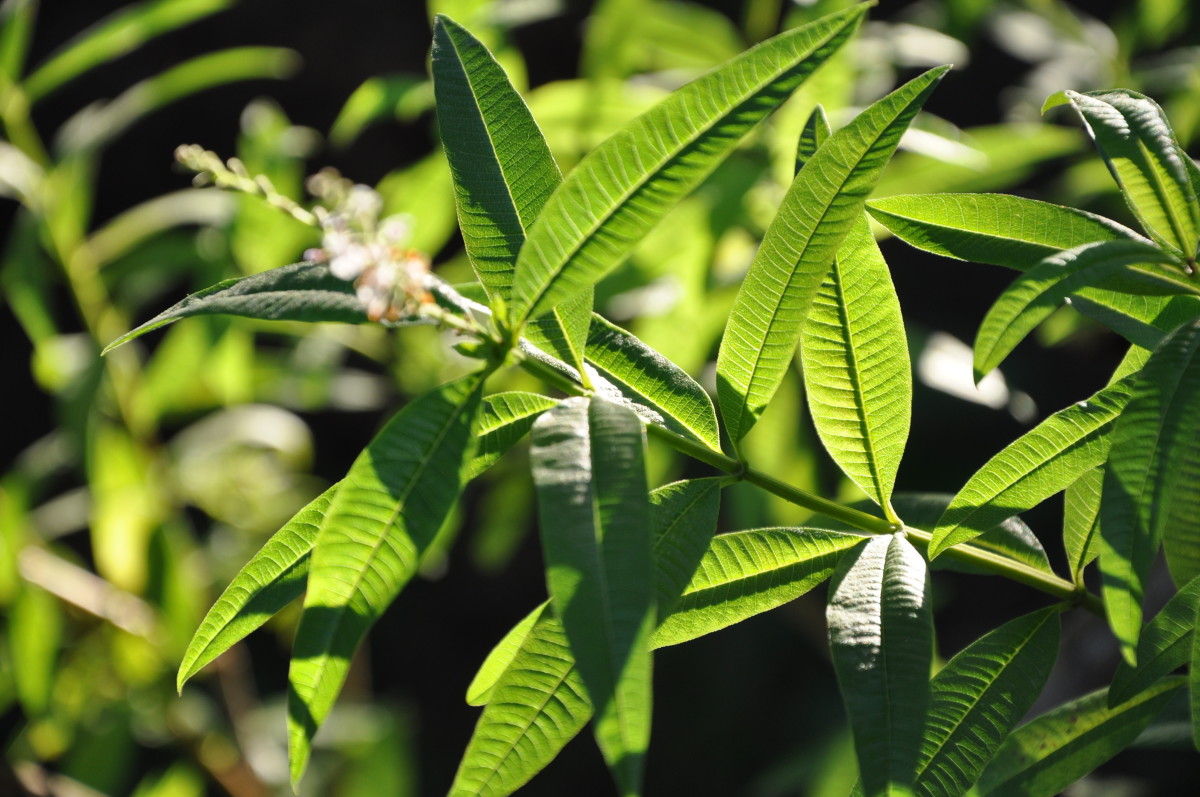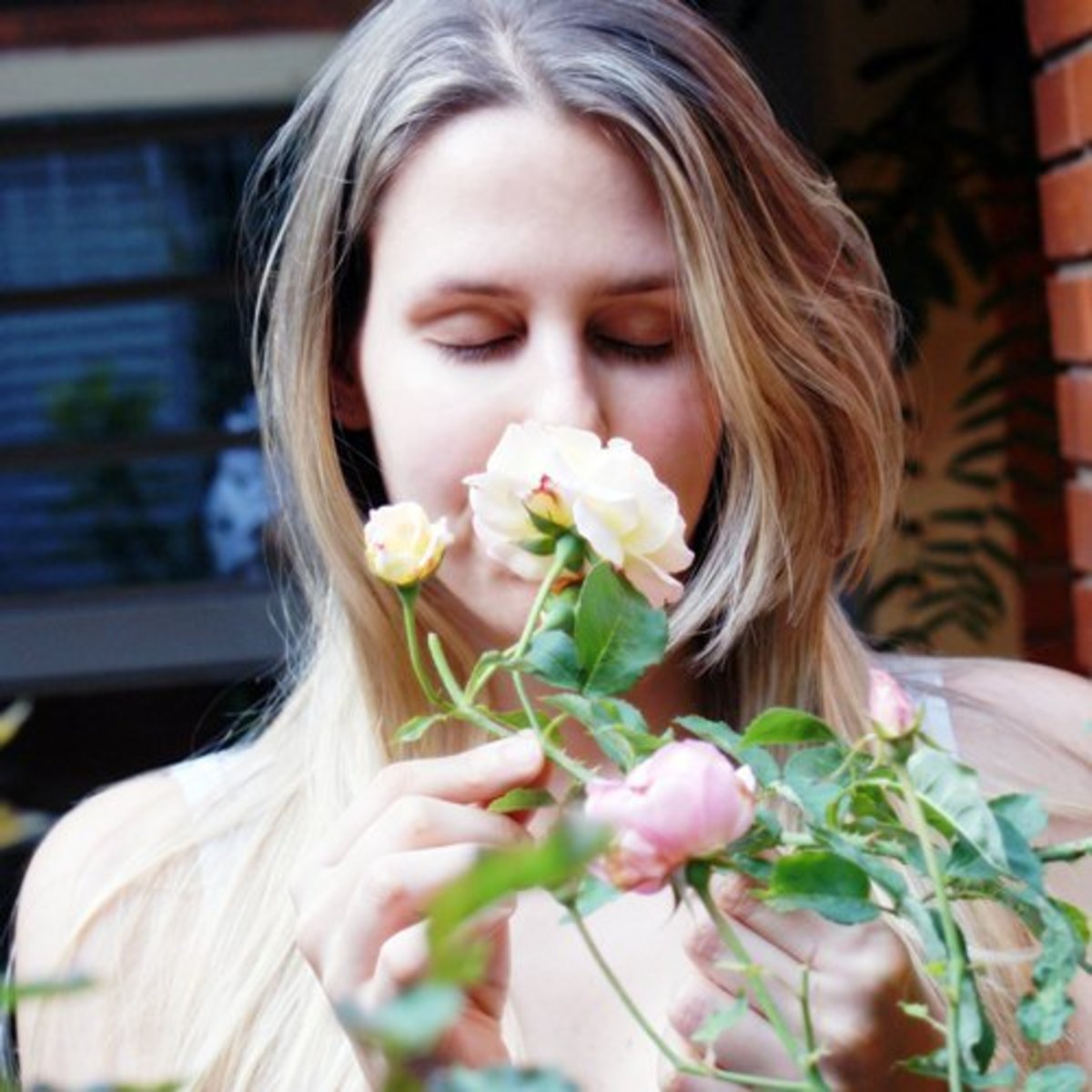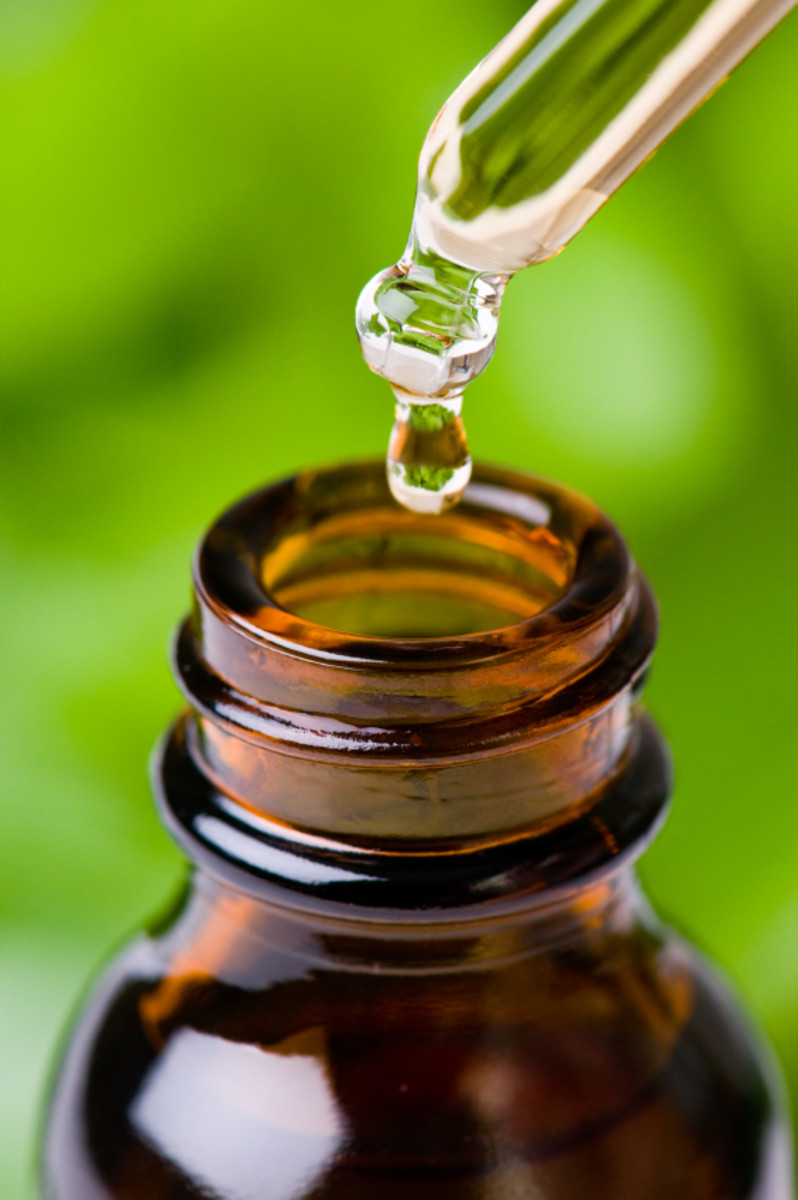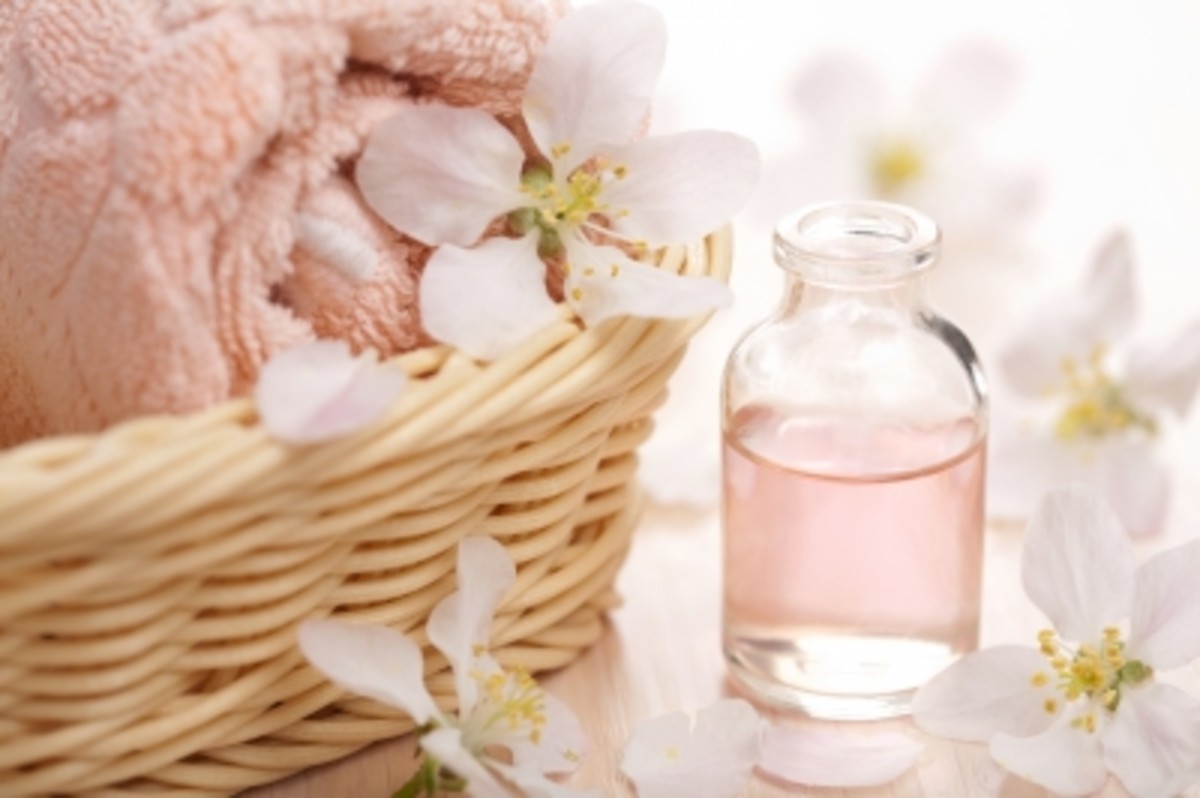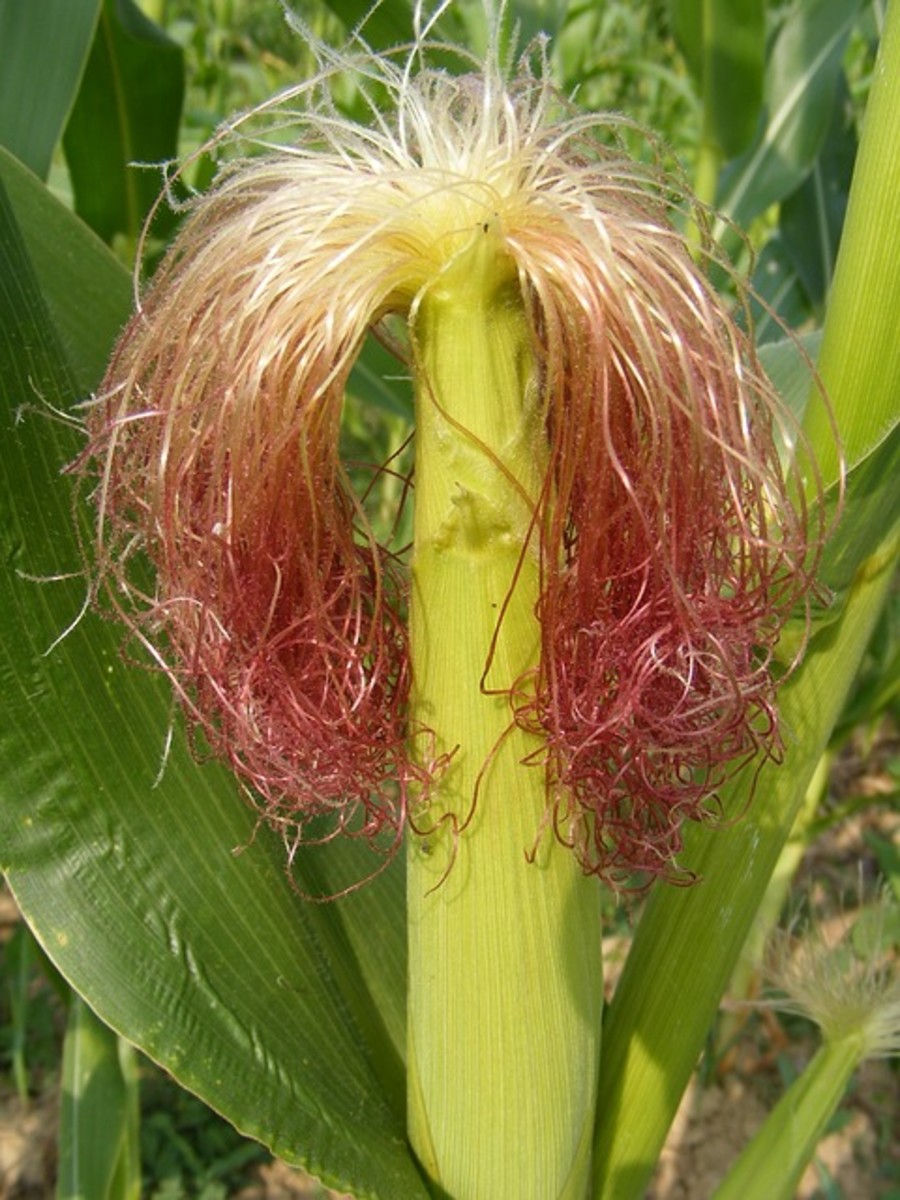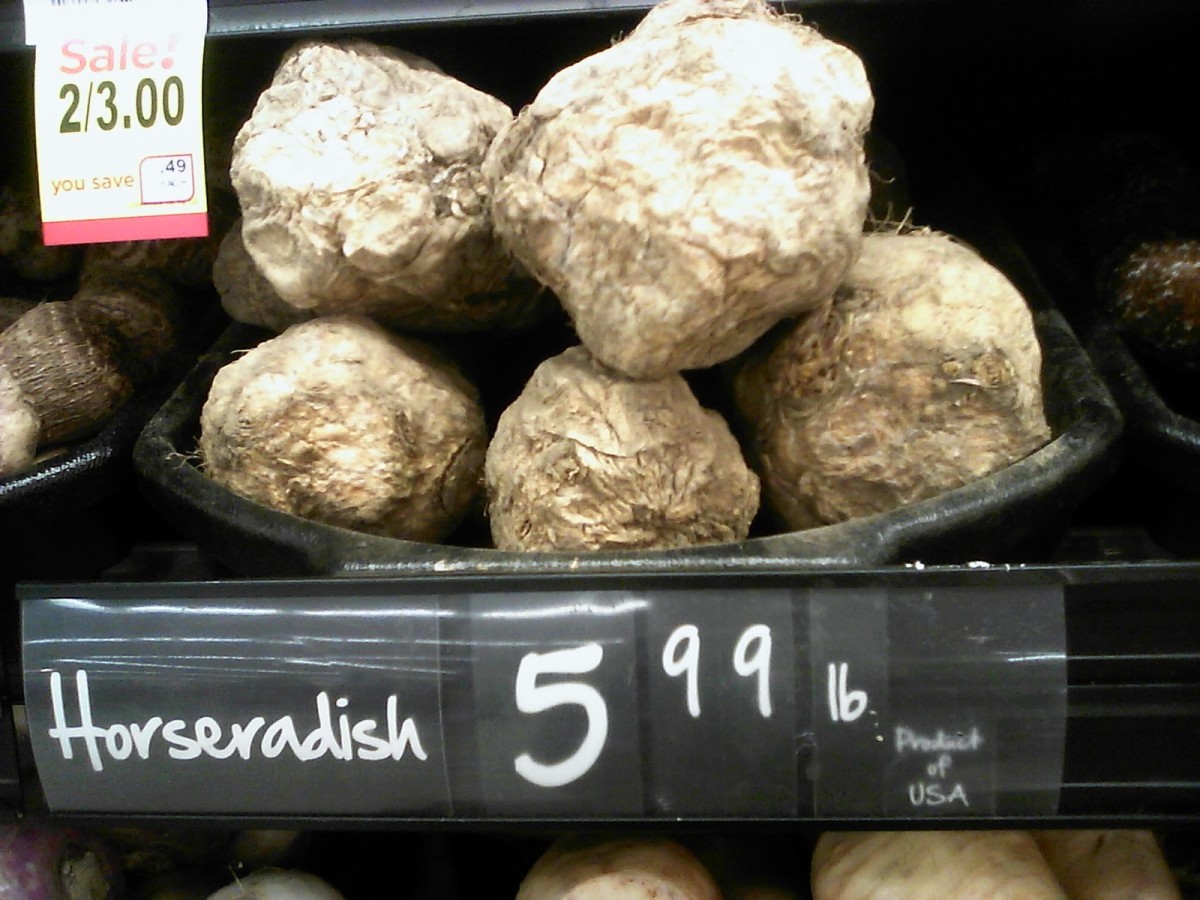The Extensive Benefits of Lavender
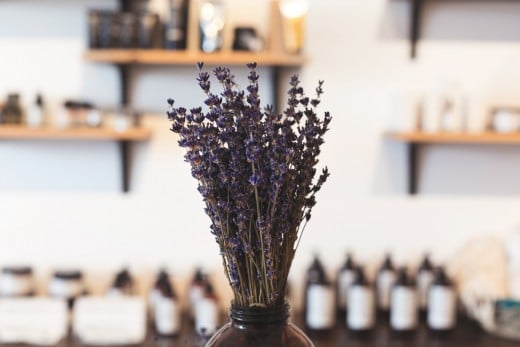
Lavender goes by many names and has so many uses that its versatility has made it a household name. Whether used for food, medicine or aromatherapy, lavender reigns supreme in my book. The common name of lavender is fairly basic: garden lavender. But when you get into the world of technical, Latin, names of lavender, it is a whole new world. More on that in a minute.
The Basics and History
Lavender is part of the Labiatae family. The Labiate family is also known as Lamiaceae family or mint family. It includes many aromatic mints and balms. Some of note are basil, catnip, lemon balm, peppermint, oregano, rosemary, chia, sage and thyme. Lavender is a perennial (grows back each year) shrub that grows to three feet. The plant has spikes of violet-blue flowers extending from the base foliage. As with most blue and purplish plants, lavender has cooling and nervine properties. Lavender became popular as a medicine during the late Middle Ages. Since then, lavender has come close to being considered a cure-all. A fun fact is that “lavender” means “to wash” in Latin. It is no wonder that lavender is used for so many bath and cleaning products.
Is the Name Really That Important?
The Latin name is important when considering any herb. This is because the Latin name lets you know the specific properties of that species. For example, the most popular species of lavender for commercial use are Lavendula angustifolia and Lavendula officinalis. Upon further examination, it becomes clear that not all lavender species are created equal. Take for example that spike lavender (L. spica) produces a lot more essential oil, so it is preferred in the fragrance and commercial world. Spike lavender is also higher in camphor and cineole. The biochemical compounds make spike lavender better suited in insect and moth repellents. Lavendula angustifolia is a Bulgarian variety. It is extremely popular as an essential oil and herb because it is considered safe for children and the elderly. But Lavendula officinalis is preferred the most for essential oil, as it produces the most superior oil. According to some, however, L. officinalis is not considered automatically safe for children or the elderly.
Parts Used and Main Constituents
The only part of the lavender plant used is the flowering tops. Lavender is mostly associated with affecting the lungs and liver. From an herbal perspective, lavender’s energy and flavor is considered spicy, fragrant, mildly bitter and cool.
Lavender contains many beneficial constituents. Some of the constituents include linalool, a-terpineol, linalyl acetate, b-ocimene, nerol, and tannins. Additional volatile oils found in lavender are lavandulyl acetate, boreol, camphor, limonene, cadinene, coumarins, ursolic acid and flavonoids like luteolin.
Properties and Benefits of Lavender
Many of lavender’s properties are what make it so beneficial. Lavender is calming, regenerative, healing, sedative, astringent,antihistamine, cytophylactic, and antispasmodic in nature. I love working with lavender because it is an antidepressant, analgesic (pain reliever), hypotensive nervine, relaxing, soothing, antibacterial and cardiotonic. And if this list is not impressive enough, lavender packs even more amazing properties. For example, lavender is also antiviral, antifungal, antiseptic, carminative—herbs that help relieve gas and griping (sever pain in the bowels)—antioxidant, and stimulates blood flow, especially as a rubefacient (local circulation).
Lavender has all these great properties, so how does this translate to the benefits? Easy. But there are so many benefits that I will do my best to categorize them based on general area and topic of relief. Lavender is excellent for sleep issues, insomnia, nightmares, depression, stress, anxiety, focus and concentration, migraines, headaches, mood swings, nervous tension and emotional balance. If you have some mother nature-based issues, lavender cam come to the rescue. Lavender is good for allergies, hay fever, asthma, bronchial problems, flu symptoms, lice and insect repellents. For all things related to pain, lavender can help mitigate sunburns, burns, pains, strains, sprains, cuts, wounds, blisters and bee and wasp stings. Do you have skin-based concerns? Well lavender comes to aid for issues like scars, inflammation, boils, rashes, psoriasis, abscesses, acne, eczema, dermatitis and alopecia. Some issues are a bit tough to categorize with the above, so I will just put the here at the end. They include conditions like teeth grinding, high blood pressure, menstrual regulation, vertigo, ear ache indigestion and colic.
Aromatherapy
Nowadays essential oils and diffuser are almost common place talk. But just because you are using essential oils does not mean you are truly practicing aromatherapy. There are actually guidelines to how many drops or percentage of an oil need to be used for a blend or technique to be considered legitimate aromatherapy. Since this article is about lavender and its properties and benefits, I will skip the whole discussion of what is aromatherapy. So here is what is important for our overview of lavender. Aromas fall into eight categories. They are citrus, floral, herbaceous, camphoraceous, spicy, resinous, woody and earthy. Lavender falls into the “floral” category, along with chamomile, geranium, neroli and ylang-ylang.
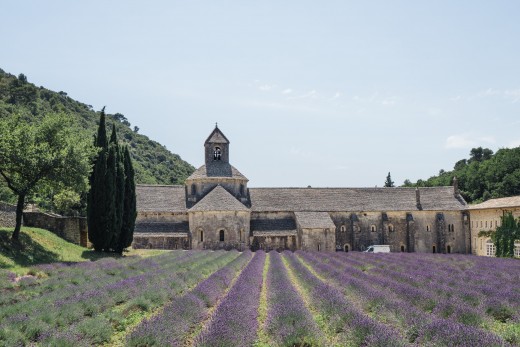
Mixes Well With
In terms of scents and aromas, not all jive together well. So you have to be careful of blending and the outcome of the final scent. Just because some smell good individually does not mean they make a happy family when combined. Lavender mixes well with a lot of herbs from the same family. Here’s a list of what aromas and scents lavender mixes well with: allspice, anise, basil, citronella, chamomile, clary sage, clove, eucalyptus, frankincense, geranium, grapefruit, hyssop, jasmine, juniper, lemon, lime, tangerine, patchouli, peppermint, pine, rose, rosemary, spearmint, tea tree and thyme.
Note well that scent and fragrance are not synonymous terms when it comes to product making. Once a label reads “fragrance”, you automatically know it is an artificially created scent. So, buyer beware of purchasing certain “natural” products.
Precautions
Only take lavender essential oil internally under professional supervision. Even though lavender essential oil is considered safe to be applied neat (applied directly to skin without a carrier oil), be sure not to overuse. Typically, only two to three drops of oil are enough for most applications.
What Is Your Experience With Lavender?
So, while lavender may seem over-hyped or even played out, there are many benefits that keep lavender number one in many books. I must admit, I always question when a book about the top herbs leaves out lavender. It seems really bizarre to me. But then again, to those in the know, it would be like reminding people to breathe.
This content is accurate and true to the best of the author’s knowledge and does not substitute for diagnosis, prognosis, treatment, prescription, and/or dietary advice from a licensed health professional. Drugs, supplements, and natural remedies may have dangerous side effects. If pregnant or nursing, consult with a qualified provider on an individual basis. Seek immediate help if you are experiencing a medical emergency.
© 2019 Stephanie Bradberry

